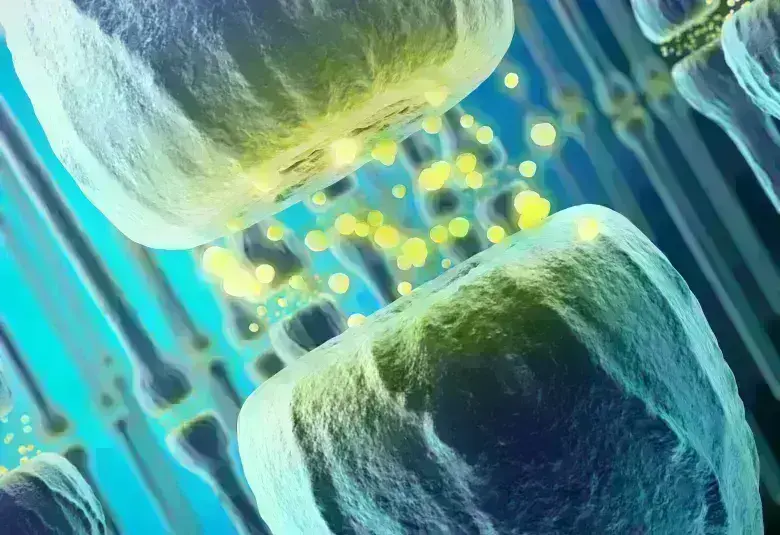Sessions at the 2022 Canadian Neurological Sciences Federation congress highlighted the many new and coming developments in the field of headache.
Canadian Neurological Sciences Federation 2022 Congress
Attendance at this year’s Canadian Neurological Sciences Federation (CNSF) congress was the first in-person experience after a two year break due to COVID. The three-day conference kicked off with a focus on the management of headaches.
The session titled Updates in Headache, a New Frontier had a total of four presentations. The first two presentations of the morning included updates on acute and preventative treatments for migraine with a focus on existing and novel therapeutics, as well as the latest literature in headache medicine. The last two sessions included updates on cluster headache and trigeminal autonomic cephalagias, concluding with an update on spinal CSF leak and intracranial hypotension. These two presentations provided approaches to better recognize and manage these conditions along with summarizing evidence-based treatment strategies.
Acute management of migraine
Dr. Rebecca Barmherzig with SickKids, Toronto provided a thorough update on the acute management of migraine. She highlighted the nuances of different treatments along with dosing considerations and how to effectively combine therapies. The important takeaway from this session was that timing is key. Patients need to be aware of and communicate the time post-onset of symptoms at which they took their acute medications in order to assess optimization of treatment effects. In addition, Dr. Barmherzig shared that the medication overuse headache rule of thumb is 2 days of acute medication use per week. Her guiding principles included counseling patients on safe upper limits of medication dosages, as well as providing clarification on acute medication use to give patients the best chance at improved outcomes.
Dr. Barmherzig shared that the medication overuse headache rule of thumb is 2 days of acute medication use per week.
Preventive treatment of migraine
The next update on the preventive management of migraine by Dr. Alexander Melinyshyn in London, Ontario included a comprehensive guide to navigate the available preventive options. The emphasis of this presentation included how to clinically differentiate the calcitonin gene-related peptide (CGRP) monoclonal antibodies, in addition to tips on how to manage adverse events to overcome safety concerns. During the discussion of newer agents, Dr. Melinyshyn touched on the opportunity to pause and look beyond solely assessing frequency of migraines in favor of a shift towards improving burden associated with migraines.
Dr. Melinyshyn touched on the opportunity to pause and look beyond solely assessing frequency of migraines in favor of a shift towards improving burden associated with migraines.
What’s new in migraine prevention
The final headache session of the day was led by Dr. David Dodick from the Mayo Clinic where he addressed what is new in migraine prevention. Dr. Elizabeth Leroux, current President of the Canadian Headache Society, introduced the session with an overview of the burden of migraine as well as the indirect costs of migraines in Canada. She shared that “improvement in migraine management is on its way with better migraine care coming to Canada”. She also highlighted important training initiatives for healthcare professionals from Migraine Canada, including a Migraine Talks podcast and the Mastermind educational program developed by the Canadian Headache Society to advance migraine management in primary care.
Dr. Leroux shared that “improvement in migraine management is on its way with better migraine care coming to Canada”.
The presentation by Dr. Dodick, “Dave’s Top Ten” was an interactive discussion between him and Dr. Leroux. Dr. Dodick focused on the top 10 questions physicians have on the use of new agents in migraine prevention. The main questions included:
- The role of CGRP in migraine
- Efficacy of the CGRP antagonists, including the monoclonal antibodies and the gepants
- Safety of these treatments and how to manage potential adverse events
- Identifying which patients are most likely to respond to which medications
To answer these questions, he highlighted key clinical and real-world data and shared his clinical experience on what has been learnt since the launch of CGRP monoclonal antibodies. Dr. Leroux punctuated the presentation with implications to Canadian practice and provided advice for healthcare professionals, as the treatment options in Canada continue to evolve.
The field has seen an astonishing advancement in the evolution of therapies over the last six years, particularly with the introduction of migraine-specific treatment options such as the anti-CGRP therapies. In fact, presenters at this year’s CNSF conference recognized the promising research pipeline for the management of headaches that will continue to further our understanding of the pathophysiology of the condition, and produce new treatment options for patients. They concluded on a note of hope, that while the management of headache can be challenging, there is currently a plethora of strategies available for clinicians and patients ─ and even more on the horizon.
Presenters at this year’s CNSF conference recognized the promising research pipeline for the management of headaches that will continue to further our understanding of the pathophysiology of the condition, and produce new treatment options for patients.
Our correspondent’s highlights from the symposium are meant as a fair representation of the scientific content presented. The views and opinions expressed on this page do not necessarily reflect those of Lundbeck.




